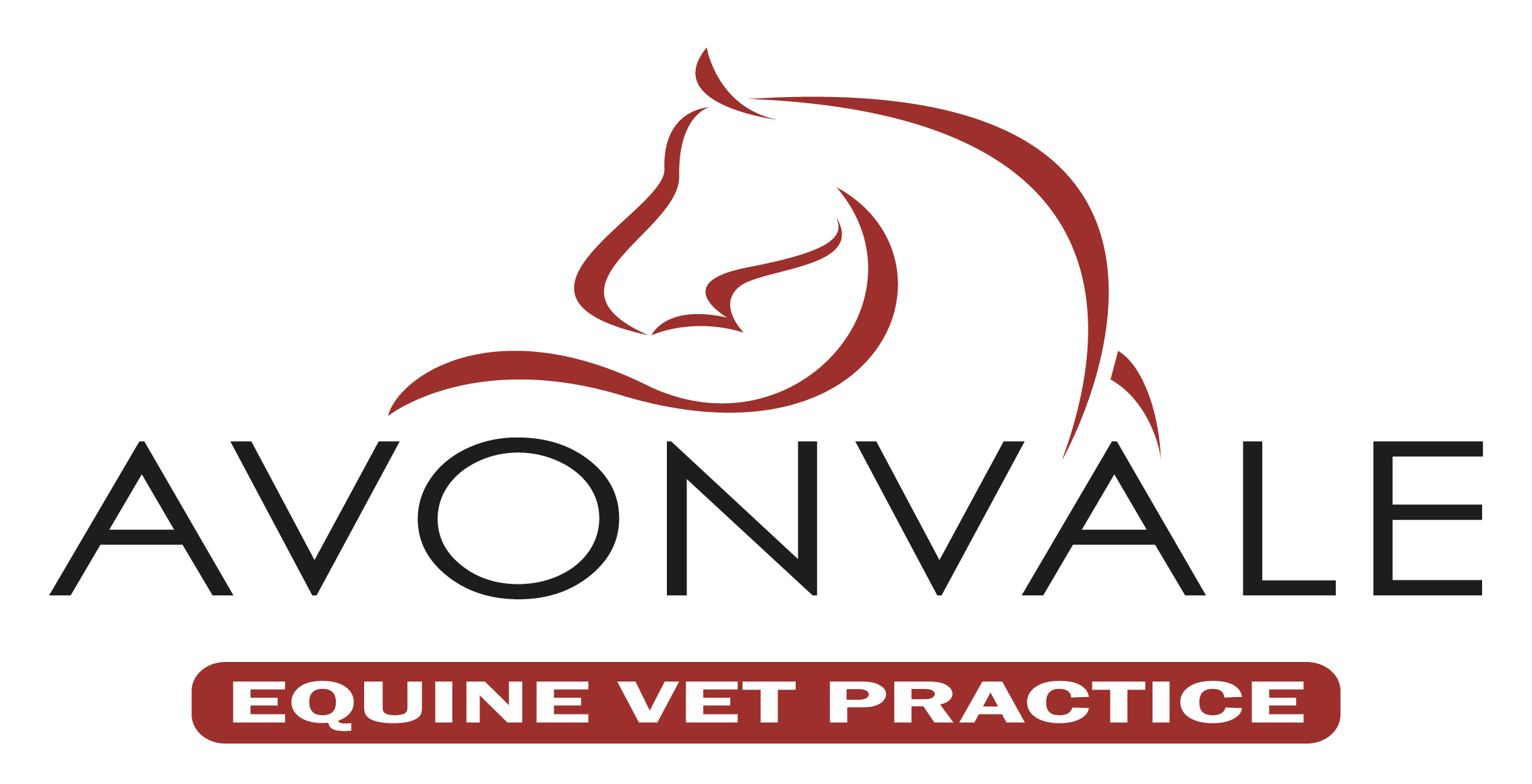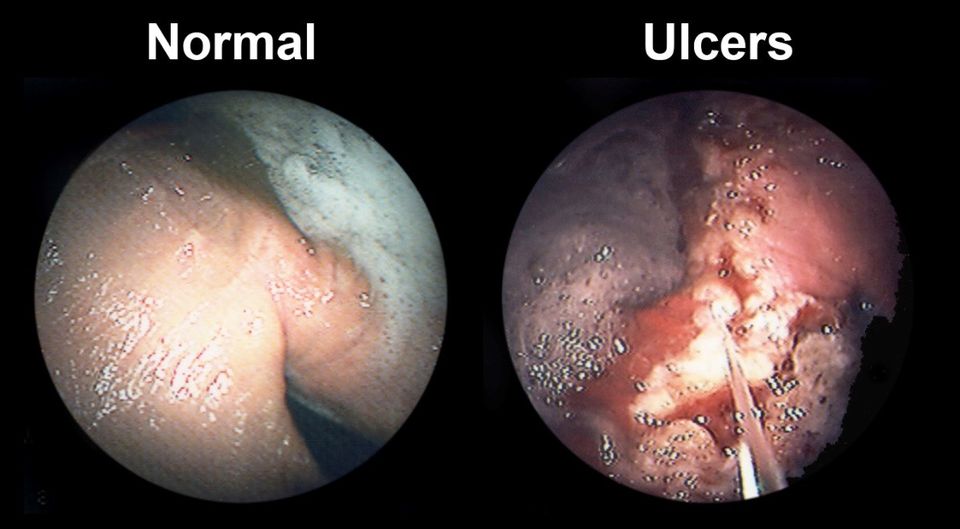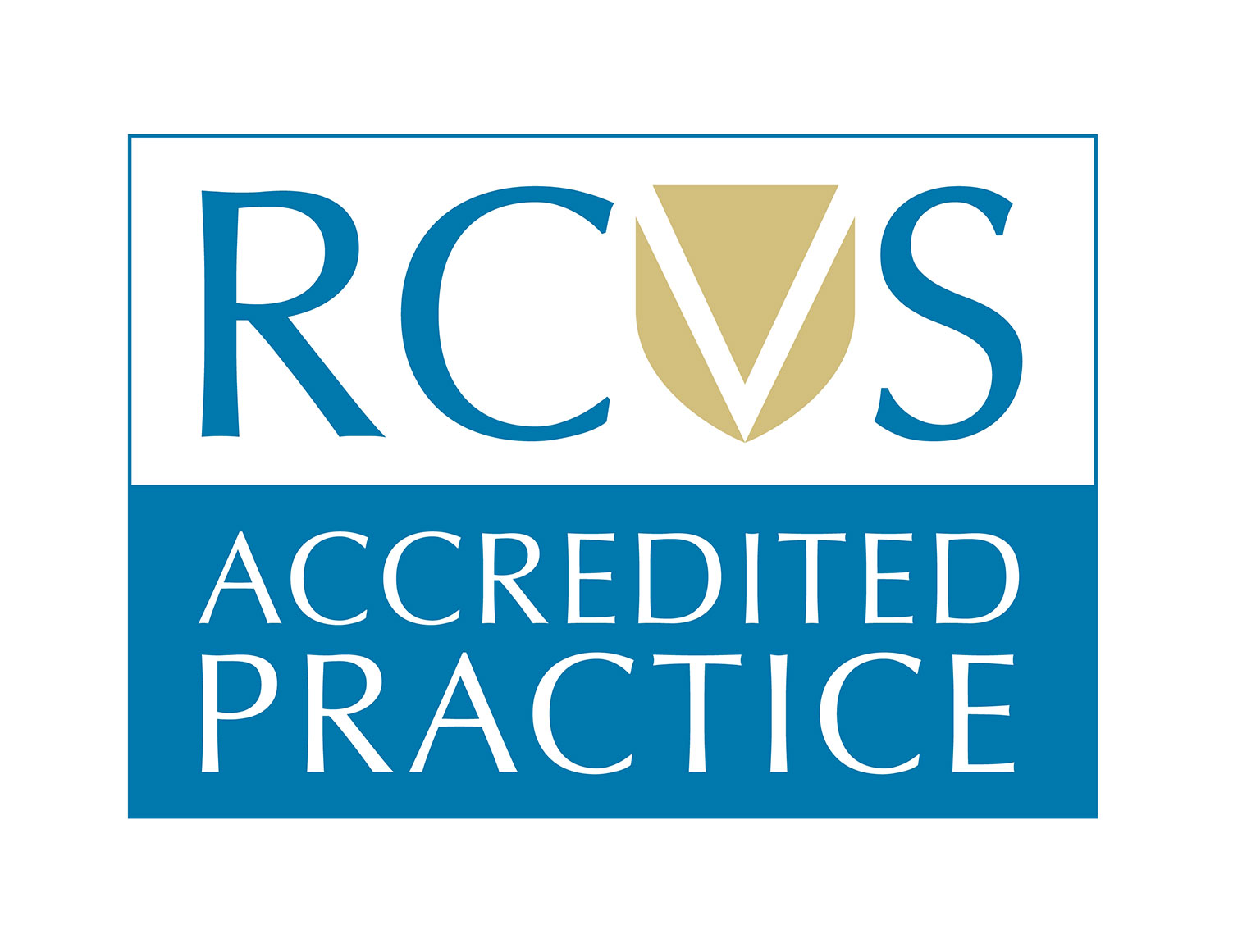Equine Gastric Ulcer Syndrome (EGUS) - also known as stomach ulcers or gastric ulcers - can occur in horses of all breeds and ages. However, they occur most frequently in horses that perform athletic activities.
This guide outlines the causes, symptoms and diagnosis of equine gastric ulcers, as well as what can be done to treat and prevent ulcers.
What are Equine Gastric Ulcers?
Stomach ulcers are sores or lesions in the lining of the horse’s stomach (mucosa). Normally, the mucosa is protected from stomach acid by a layer of mucus. However, if there is too much stomach acid or the mucus is reduced, this can lead to stomach ulcers.
Gastric ulcers can be very painful, and certain factors will increase the risk of stomach ulcers forming. Therefore, it is important to know the symptoms of equine gastric ulcers and contact your vet if you suspect your horse may have ulcers.
Different Types of Equine Gastric Ulcers
Squamous Ulcers: Also known as Equine Squamous Gastric Disease, squamous ulcers affect the top-third of the stomach. These ulcers are commonly associated with dietary issues, stress or management changes. They often form rapidly, but they tend to respond very well to treatment and appropriate dietary and management changes.
Glandular ulcers: Also known as Equine Glandular Gastric Disease, glandular ulcers affect the bottom two-thirds of the stomach. These ulcers tend to form more slowly, and respond less well to treatment. Glandular ulcers occur as a result of a breakdown in the mucosal defence system that protects the glandular tissue from the stomach acid.
What Causes Gastric Ulcers in Horses?
There are several factors that can increase the risk of EGUS:
- A high-starch diet
- Stress - due to frequent transportation, box rest, pain or lack of suitable equine company
- Use of NSAIDs (e.g. “bute”)
- Infrequent feeds (i.e. having two larger feeds per day, or running out of forage)
What Are the Symptoms of Ulcers in Horses?
Symptoms of gastric ulcers vary and do not always correlate with the severity of the condition. Horses with stomach ulcers may present with mild or no obvious outward symptoms.
Horses with gastric ulcers may present with the following symptoms:
- Poor performance
- Resistance to aids when ridden
- Behavioural problems when ridden
- Resistance to the girth
- Poor appetite
- Colic signs after feeding
- Poor body condition / weight loss
- Changes in temperament
- Dullness
- Dull / poor coat condition
Many of these symptoms can indicate other problems besides ulcers. Therefore, it is important to contact your vet so they can carry out the necessary diagnostic tests and rule out other causes.
Find out more about the causes and symptoms of EGUS.
Diagnosing Gastric Ulcers: Gastroscopy
The only reliable way to diagnose stomach ulcers in horses is with gastroscopy, which allows your vet to examine the horse’s oesophagus, stomach and small intestine with a camera.
Take a look at our guide to equine gastroscopy for more information on EGUS diagnosis.
Treating Equine Gastric Ulcers
Treatment for equine gastric ulcers varies depending on the type and severity of the ulcers, and may require a combination of drugs and dietary / management changes.
Equine gastric ulcer treatment usually consists of a course of omeprazole, which may be continued long-term. Sucralfate, a mucosal protectant, may also be used.
The horse may require further gastroscopy to monitor the ulcers for reoccurrence and check that the treatment is working.
Preventing Equine Gastric Ulcers
Your vet may recommend altering your horse’s diet or management to help reduce the risk of stomach ulcers reoccurring. Any changes should be introduced gradually to help minimise complications such as colic.
Dietary alterations may include the following:
- Reducing the horse’s starch intake
- Splitting hard feeds into smaller, more frequent meals
- Adding corn or rapeseed oil to feeds
- Feeding chaff before exercise
You should also ensure that your horse has 24/7 access to clean, fresh water and high-quality forage.
Management changes may include the following:
- Ensuring the horse has sufficient turnout time
- Ensuring the horse has suitable company
- Introducing stable toys or mirrors to reduce boredom or stress whilst stabled
- Making changes to minimise stress whilst travelling, which could include reducing travel time where possible, ensuring the horse has a haynet, and practicing loading, unloading and travelling so your horse gets more comfortable with travelling in your trailer, horsebox or lorry.
Checking for concurrent orthopaedic disease is also very important. Pain is a big cause of stress in horses, thus a cause of gastric ulceration. Low grade lameness, back, neck or pelvic pain could all contribute to the development of gastric ulceration.
Gastroscope Clinics at Avonvale Equine Vet Practice
We are an independent equine vet practice based near Banbury, covering a wide area including the Cotswolds, Warwickshire, Worcestershire, Oxfordshire and Northamptonshire. As well as routine and emergency veterinary services, we also offer regular discounted gastroscope clinics at our practice. To find out more or register your horse with us, please contact the practice on 01295 670 501 or register online.








